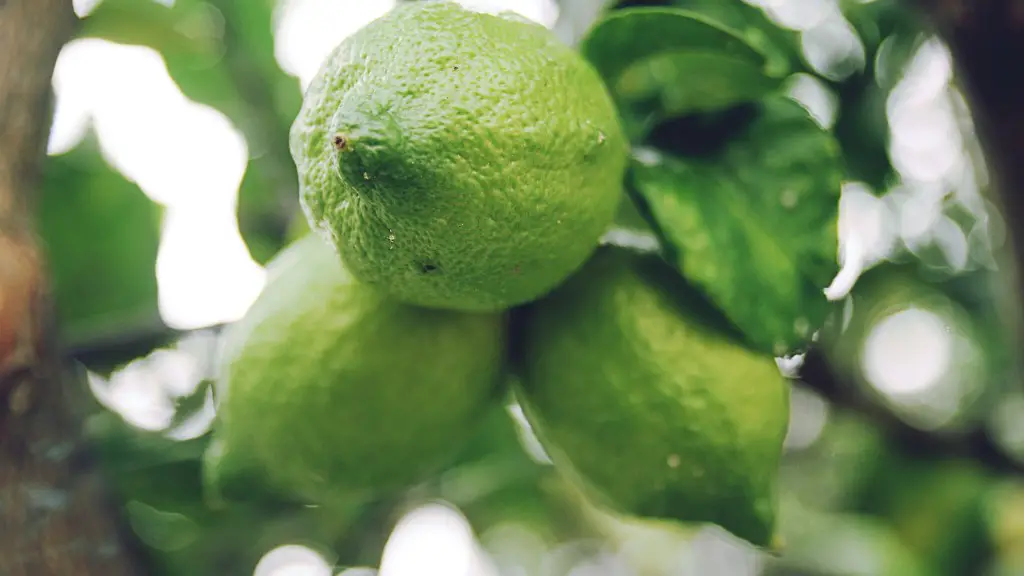How do you know if a Palm Tree is Dead?
Any property owner, landscaper,or gardener would be devastated by the loss of a beautiful palm tree. Sometimes the sadness of such a loss exceeds what it would be for other trees. Proper care of palm trees can be beneficial to property owners in regards to landscaping, providing shade and natural beauty. This article provides information on how to tell if a palm tree is dead so you can recognize the issue as soon as possible.
To first understand why a palm tree might die, you must know its needs. A palm that is planted in soil needs well-draining soil, filtered sunlight or shade, and fertilizer. They also require some water and additional care that includes removing deformed fronds or spraying insecticides if needed. If a tree is not given what it needs or has issues with over-watering or disease due to infected soil, it might die.
The first indication something is wrong is when the fronds start drooping or growing in an unhealthy manner. Other signs of an unhealthy palm tree include yellowing fronds, splitting and flaking of the bark,or a drooping trunk. Sunken patches on the trunk of a palm tree may appear with cracks, almost like stretch marks.
Woolly Caterpillars
Seeing woolly caterpillars at the base of the trunk or on the fronds of the palm tree is a clear indication that it is dying, as these caterpillars live on dying and dead trees. There will be an abundance of these woolly caterpillars if the tree is in a severely weakened state. Expert advice should be sought if you’re uncertain that the tree is dead or near death.
If a tree doesn’t recover within a week or two with added nutrition, water and shade, it could be headed towards death. The leaves may be dry, or nothing might be growing on the fronds whatsoever. As the tree weakens, the bark will start to peel away and further deteriorate.
When trying to assess the health of a tree, you must remember that some species are impressive survivors. It is common for a tree to lose all fronds, turn brown and appear dead, only to sprout a new batch of fronds to life.
Tapping the Tree
If even after giving it extra attention and proper care, you remain uncertain about the state of a tree, tapping it is a good way to check for deadness. Take a stick and knock it hard against the trunk. In response, a healthy tree will vibrate and create a sound that is resonant with the trunk. Dead trees will remain silent, giving no response.
You can also try to see if the tree regrows new leaves. As long as the growing point of the tree is still alive, the tree will have a chance of survival. If the growing point has died, no matter how many times you water it or act with fertilizer, the tree will never recover.
Insufficient Nutrition
Sometimes, palm trees can appear to be dead due to a lack of balanced nutrition or an overabundance of nitrogen or fertilizer. The soil can be tested to determine the amount of macro- and micro-nutrients present, and any deficiencies can be corrected to support the health and longevity of the palm tree.
If all else fails, contact a certified arborist. An arborist is trained to assess and diagnose diseases in trees. They will not only be able to diagnose the issue more accurately, but they will also be able to treat the tree correctly if needed. Absence of new leaves or fronds is an indication that the tree is beyond repair.
Identify the Source of the Issue
It is important to keep track of a palm tree’s growth seasonwise, how often it needs to be watered, and when it needs fertilizer. Taking extra care of the tree with weekly check-ins,nutrient-filled soil, and natural remedies can help it live for a longer time. Identifying the issue and taking steps to rectify the issue is essential for the longevity of palm trees.
It’s hard to lose a palm tree, but with proper care and maintenance, you can ensure that it is healthy and continues to thrive. Knowing how to tell if a palm tree is dead and taking the appropriate steps to treat it is essential for any tree lover.
Diseases Affecting Palm Trees
Palm trees can suffer from many diseases and the most common symptoms of an unhealthy palm tree are discolored fronds, browning tips of the fronds, yellowing between the leaflets or premature leaf drop. It is essential to identify the disease early and plan a proper course of treatment. Treatment could include fungicides, insecticides, organic remedies or a combination thereof.
Infected trees are often not able to support healthy new growth and might die if not treated in time. Insect infestations, nematodes and mites are known to damage palm trees, resulting in the eventual death of the tree. It is essential to examine the palm tree for any pests or insect galleries before taking treatment.
If a palm tree is plagued by an infestation, proper treatment with natural products, pesticides, insecticides and fungicides might be necessary. Many products are available in the market to help manage such infestations, pest damage and diseases, and an experienced arborist can help suggest the best option for each case.
Soil Health
Poor soil health is a major cause of the death of palm trees.Testing the soil at regular intervals to determine the amount of moisture and nutrients present is important to determine the health of the tree. It is essential to check if the water logging or dryness is resulting in root health issues, and take steps to correct the issue.
The wrong soil type, incorrect drainage pattern, over-watering, under-watering and neglect are some of the main causes of poor soil health and eventually the death of palm trees. Soil testing kits are available in the market to help property owners test their soil and make the necessary amendments.
Salt Spray Damage
Salt spray damage can be fatal to palm trees, especially near coastal areas. The salt in air and coastal waters could result in damage to the fronds and roots over time. The fronds begin to yellow, prematurely age and the tree might eventually die if it is not treated. Bitter salt-tolerant species of palm trees should be planted when living in coastal areas.
The damage can be managed or reversed if caught early. The soil can be rinsed with copious amounts of water, primarily from the sides of the tree that get the most exposure from the sea.: It is also important to make sure no fertilizer is used, as over-fertilizing can make the issue worse.
Potentially Lethal Fungal Infections
Fungal infections posed a potentially lethal threat to palm trees in many regions. Fungi thrive in the damp and humid conditions common to the areas where palm trees are grown and can cause diseases like Bastra, Phytophthora, or Fusarium. These are lethal fungal infections that slowly move upwards and cause the fronds, trunk, and eventually the tree itself to rot.
The infection normally begins in the lower portions,from the base of the tree. If not treated quickly and correctly, the tree will not survive. Chemical treatments and fungicidal sprays are available and must be applied as soon as the problem is detected.
Proper diagnosis and understanding are important to the healthy maintenance and longevity of palm trees. Knowing the signs of a tree’s death and taking the necessary steps can help stop the issue from spreading, ensure the tree gets proper care, and help it become healthy again.




